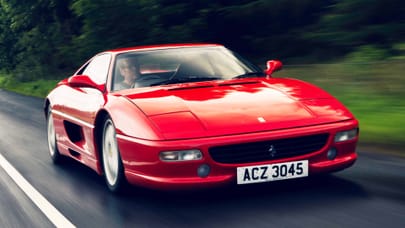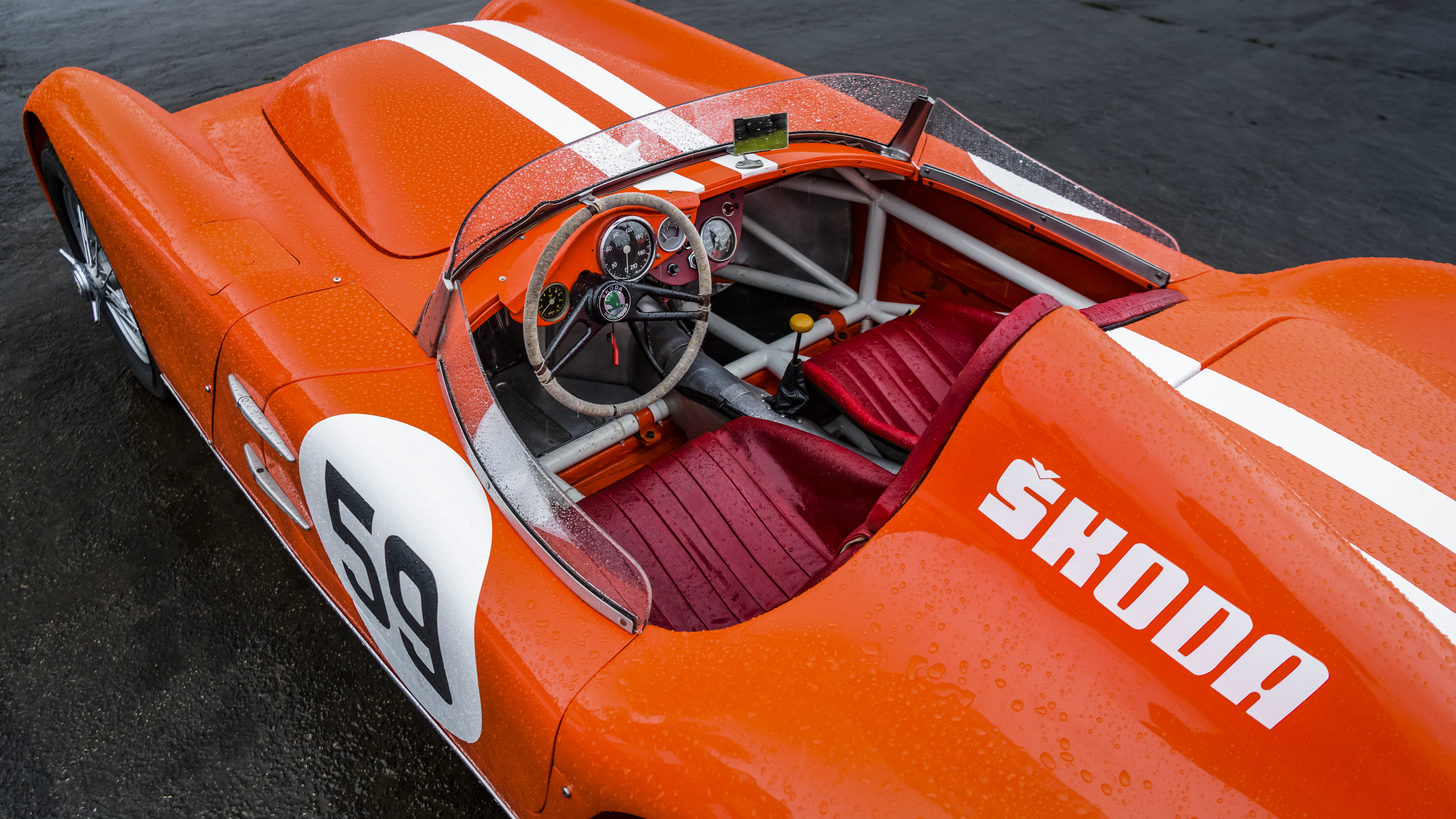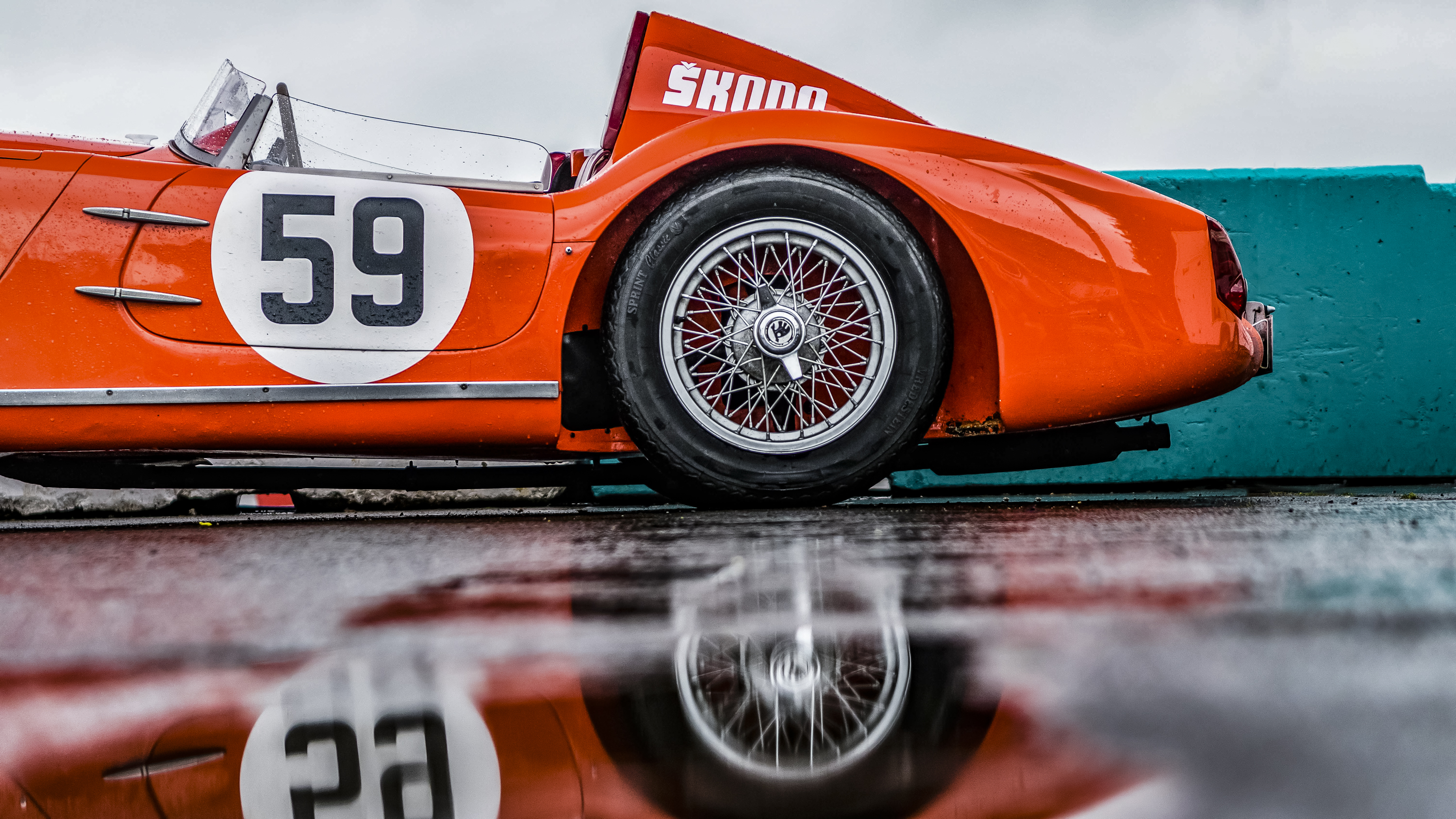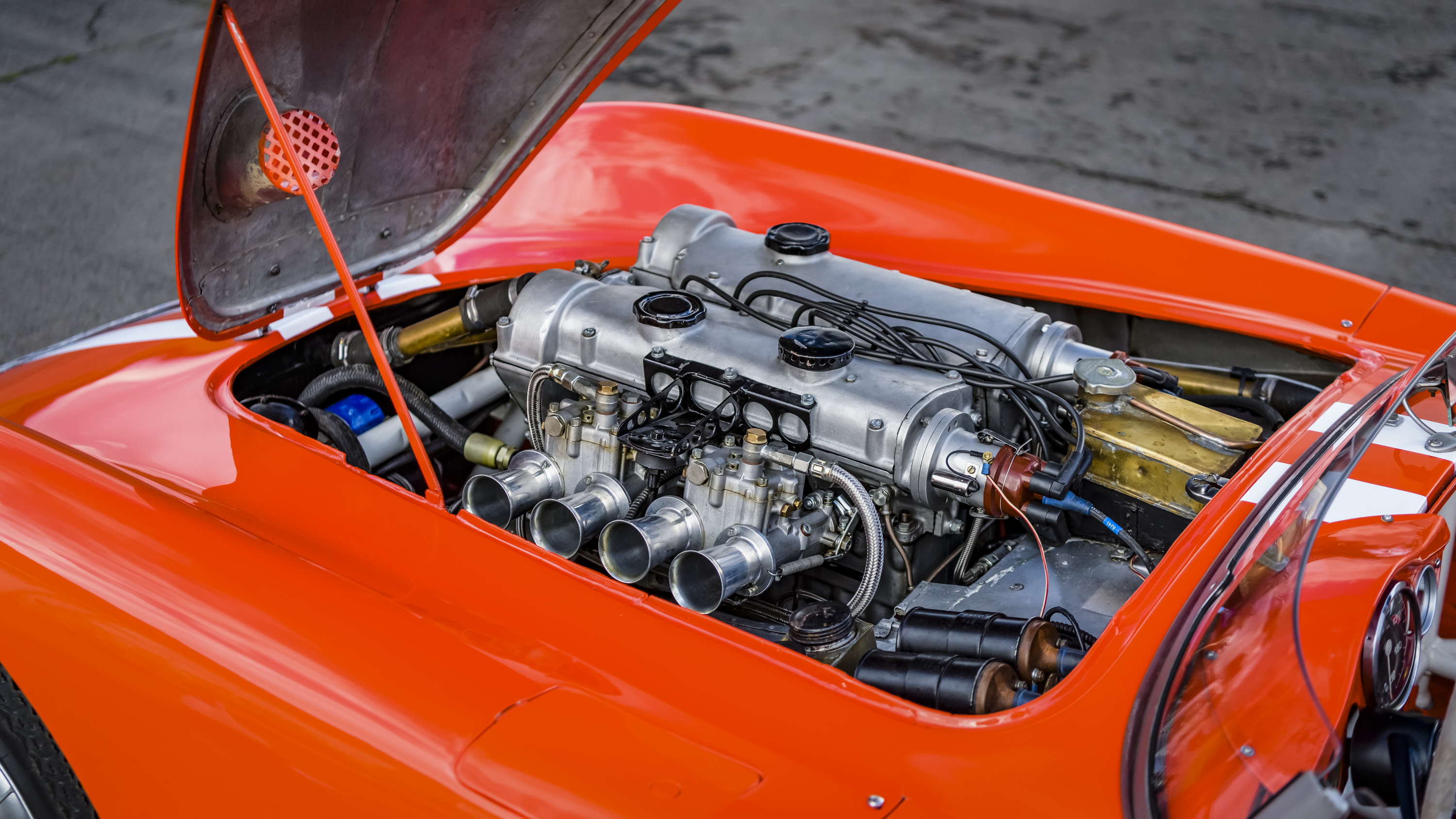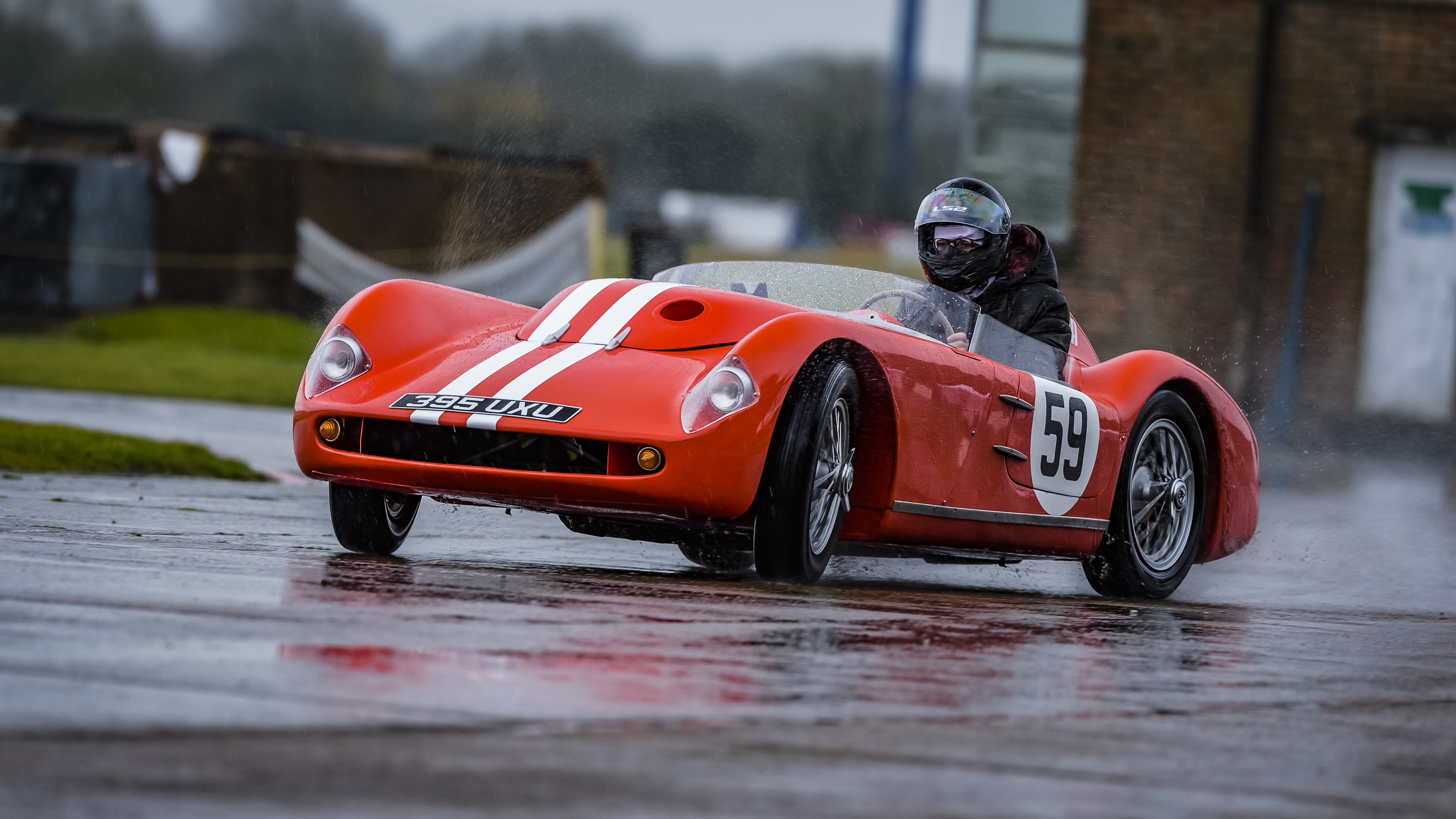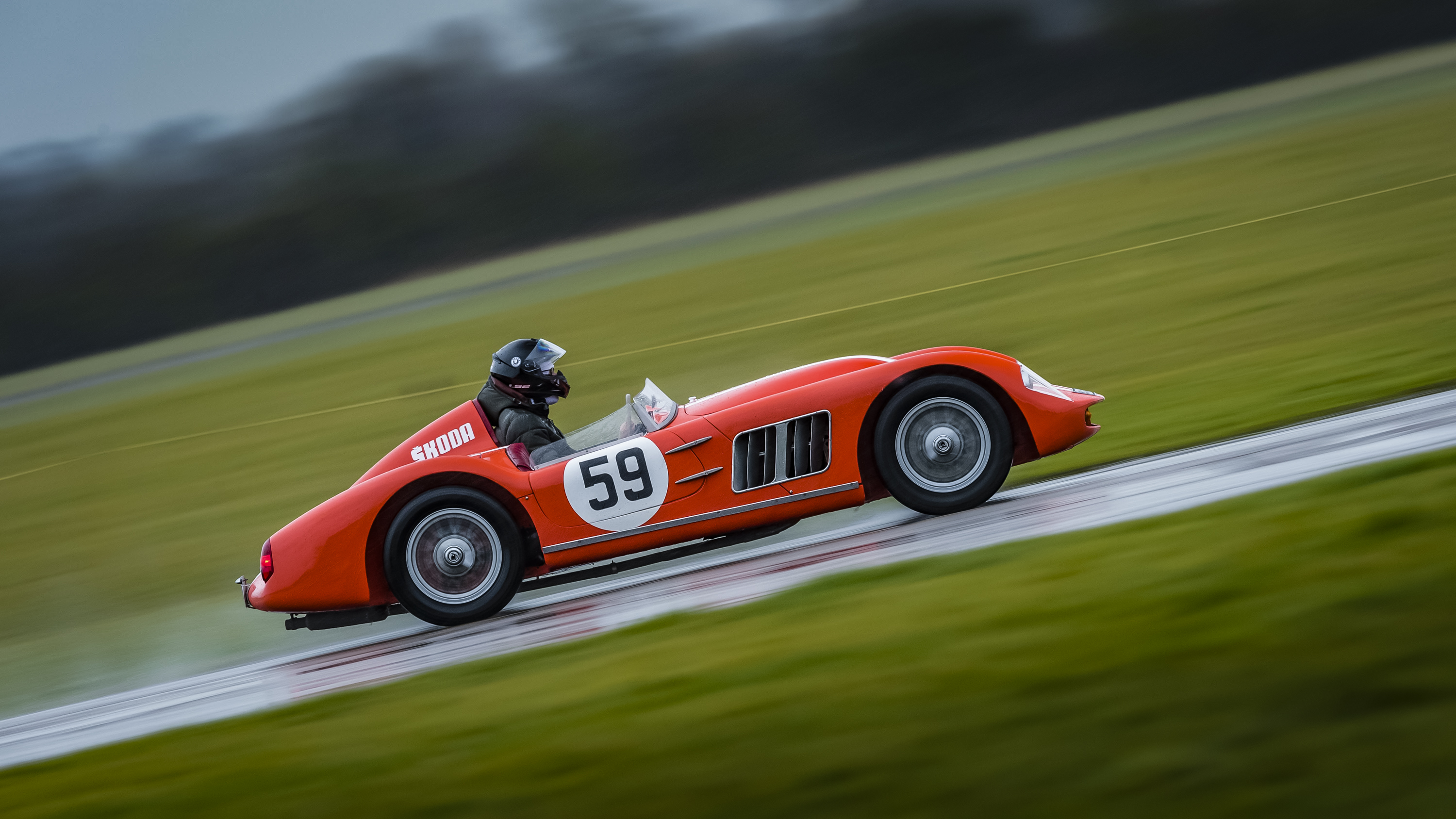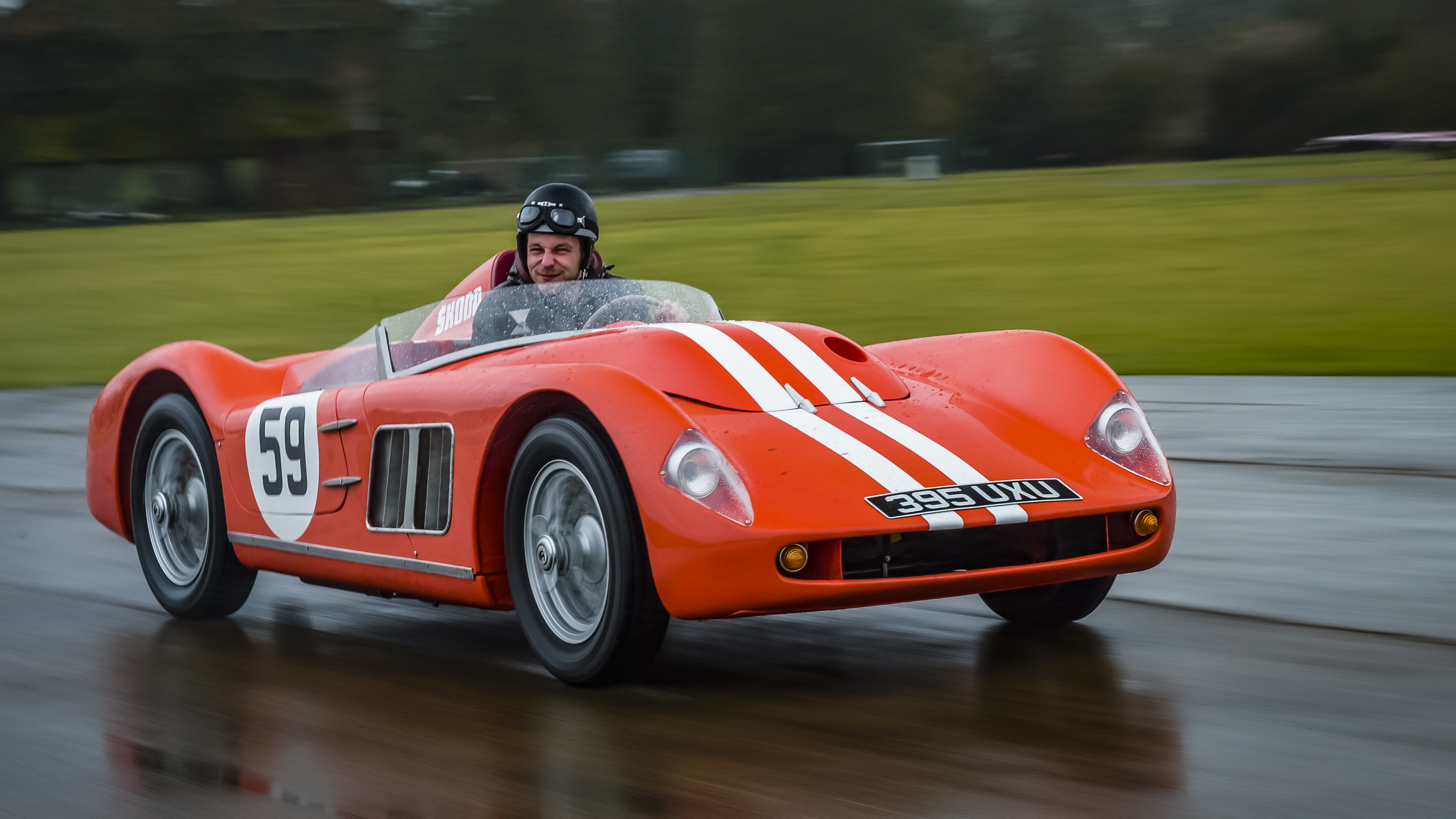
Driving Skoda's rare 1958 prototype racecar
Sixty years ago, even Skoda had a go at a beautiful, lightweight racer
My left jean leg is sodden. My palms are blistered, my backside is crippled with cramp, and the fingers I can still feel are riddled with chilblains. And yet, despite a list of uncomfortable injuries that’d have Anastasia Steele on the phone to HR, I’m having the time of my life. Great cars can do that for you. If they’re making an indelible mark on your memories in addition to ruining your hands and trousers, they’re pretty much forgiven.
Words: Ollie Kew
Welcome to the life-affirming experience of driving the lightest, most beautiful, most exciting car Skoda has ever made. Yes, it’s a Skoda, honest. This grinning, diminutive old-timer is the 1100 OHC Spider. And happy birthday – it’s 60 years old in 2018.
Any excuse, then. It’s officially British summertime now, though no-one’s told the weather. That’s not stopped Skoda inviting Top Gear to an undisclosed military location (the dilapidated hangars of RAF Bicester, just outside Oxford) for a diamond jubilee play in the company’s most exotic creation.
I’ll be very honest – until the email arrived, I had no idea this car existed. The 1100 OHC isn’t a Goodwood Revival stalwart, or infamous for swapping hands at vastly inflated auction prices. This is Skoda’s hidden gem.
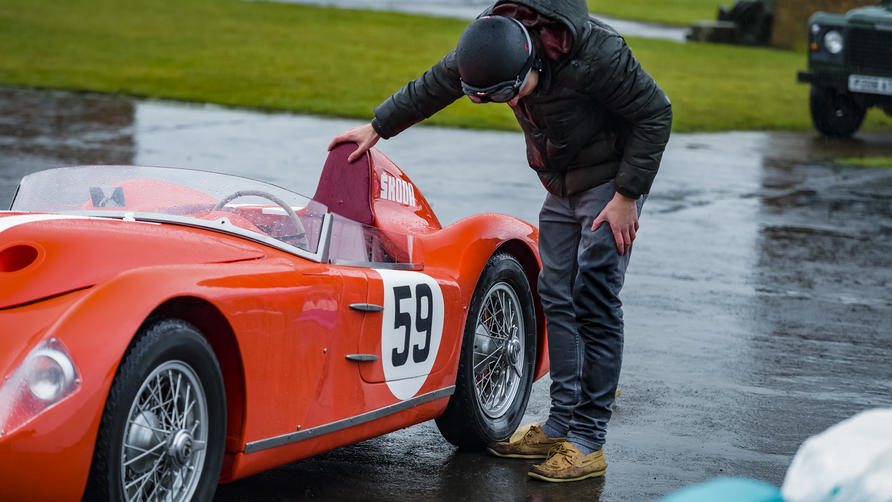
A rare and valuable one too: reg. no. 395UXU here is one of two 1100 OHC Spiders left in the world, and the only one that still runs. Its twin is preserved at Skoda’s museum in Prague, while this example was retired from racing in the mid-1960s, stored in the inclement elements outside the factory, and eventually sold for pennies to a London-based Czech student.
Its new owner decided to get the car running and brought back to the UK. Driving a heater-less, roofless racer 1,300km across Europe in the middle of winter must’ve seemed like a good idea at the time. Probably less so when the car conked out in Germany, and required flatbed rescue. And like so many restoration efforts before and since, the money and motivation dried up soon after. It wasn’t until the Spider was bought back by Skoda in 1998 for a record £46,600, after a series of owners and museum storage stints, that it was resurrected.
A charming tale. Sixty years after it won its debut race in Mlada Boleslav in modern-day Czechia, and took several other podiums including the 1959 Leningrad Gran Prix win – before the company ditched its prototype racing effort – Skoda’s still game for letting me have a go. It would be a pity if the tale ended here. Especially as it's just been insured for £250,000. Welcome to the quarter-million-quid Skoda.
Course, I’ve got to fit first. Skoda designed the tubular steel frame chassis and its front engined/transaxle layout for perfect weight balance so obsessively, they even tailored it to the weight of their star driver, Miroslav Fousek. He was 75kg. I’m also exactly 75kg, but apparently several feet taller than ol’ Miroslav, because arriving in a suitable position to drive the 1100 is like a pro basketballer attempting to wear a child's roller skate.
Don’t bother opening the teeny door, I’m instructed. Hoist a leg over it instead. Stand on the seat (which feels rude, like using the curtains of Buckingham Palace as a knapkin), and thread each leg below the dinner plate-sized, string-wrapped steering wheel onto the haphazard pedals. The process ain't graceful, and the reward, once seated, is a very damp backside thanks to all the rainwater that’s accumulated on the leather bucket seat.
A saturated bucket seat with no seatbelts. This thing's from the era when crash safety meant "it's best to be thrown well clear of the wreckage, old bean". And the Spider's capable of 125mph. If I wasn't already sitting in a puddle, I would be now.
So dainty is the Spider that I’d half-expected to snap the axles clean in half and all the panels to fall off, comedy clown car-style, when I sat down. But, it’s intact, so with a pull and release and the spring-loaded starter, um, plunger-thingy, the 1,089cc twin-carburetor four-cylinder parps into an angry, buzzing idle.
Top Gear
Newsletter
Thank you for subscribing to our newsletter. Look out for your regular round-up of news, reviews and offers in your inbox.
Get all the latest news, reviews and exclusives, direct to your inbox.
Originally, this engine was a humdrum unit from the Octavia of its day, Skoda’s 1100 Tudor. It was good for about 45bhp in 1958. Now imagine how highly strung it feels when asked to muster twice that. This 550kg bathtub – plus 75 kilos of yours truly – develops 90bhp. And that curious humpback bonnet struggles to contain the pocket-sized fury rasping away beneath.
Another lesson: brake early. No, earlier than that. You should have braked ages ago.
Seriously, puttering off down the back straight (didn’t stall it pulling away, get in), the bonnet is trying to take off. Luckily, I’m shortly too busy to notice. The power delivery is so razor-sharp, the car spools up its crossply tyres, which would look skinny on my mountain bike, just about everywhere. There is no grip. None. So it’s also sideways. A lot.
You have to learn lessons quickly in the Spider. Lessons like: don’t let the wheel slip through your hands when the slide straightens out. Because it's wrapped in string for grip, and it will skin your palms like you’re taking in sail on an Atlantic clipper. Ouch.
Another lesson: brake early. No, earlier than that. You should have braked ages ago. Are there even any brakes? Brake harder. Now the inboard drums are going to lock up, you’ll panic, bollocks-up the crucial heel-and-toe downshift straight up from third to second (it’s a dogleg shift with first back and down to the left), and yep, there’ you go. You’ve completely locked the back axle. Now you have a spin to catch, with frostbitten fingers and chafed hands. Best of luck, with no grip.
In fairness, the balance of the 1100 is so sublime that its natural cornering stance is tail-out, steering away from the apex, grinning like a loon and wondering where the hell the rev limit lies. It’s not difficult to recover from seemingly terminal angles. In fact, it’s pretty addictive. It’s like an easy-going Caterham, with a buzzier motor. Max power is saved for 7,700rpm, but it’ll rev for fun to beyond eight grand. Shortshift early to look after the antique components, and the reward is more time spent threading the delightful gearbox.
Yes, it’s a dogleg set-up, so negotiating fourth back down to third is a gamble, because an inch too far left with the tug and you’ve got first, an extravagant valvetrain explosion and hotly-worded emails inbound from Skoda, its fanclub, and several elderly Czechians.
Luckily, the mechanism’s a delicate delight, so long as you’re careful. It has no synchros, so every movement needs double-declutching. The lightning reflexes of the engine help here. Just a glance at the throttle pedal summons enough of a blip to find the required gear. Miroslav, I hope this does you proud.
Squatting behind an aero screen that’s barely knee-height, wearing the car like a metal tutu, it’s quite exposed in here. And in the rain, yeah, this is an immersive experience in more ways than one. I don’t notice the quantities of water being deposited on my aching clutch leg. Or how standing water flicked up by the front tyres is instantly boiled by the hot exhaust. I’m supposed to have ten minutes lapping the 1100 Spider. I think I got at least 20. Twenty of the sweetest, most attritional, happiest minutes of my motoring life.
Can you believe Skoda made something this focused, and this beautiful? Imagine if the company had decided to pursue a career in prototype racing… This was years ahead of Skoda becoming the de facto bad car punchline. Decades before VW might took over, and turned the Czech outpost into a mainstream force. I love those historical what-ifs. The different fortunes and outcomes we'll never know.
Now, you’ll have to excuse me. I’d like a towel and maybe some antiseptic hand cream, please. Whether you’re talking racing cars or gritty drivers, they don’t make ‘em like they used to.
Trending this week
- Car Review
Volvo ES90





